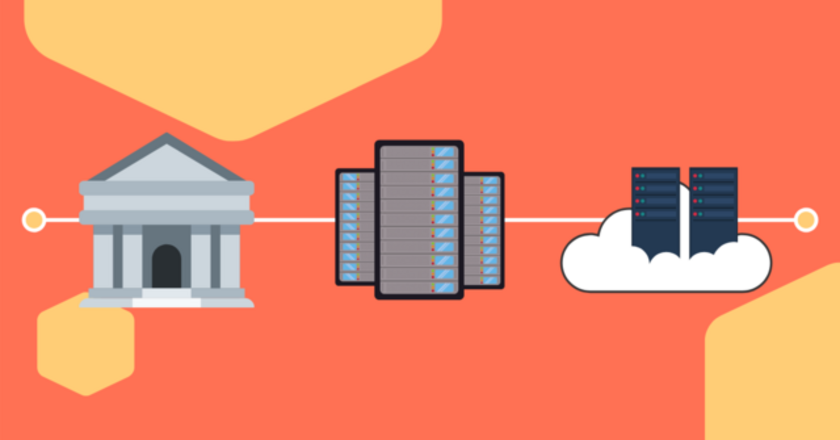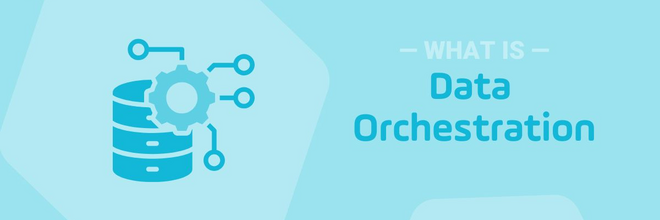Workload Automation Case Study: European Bank Modernizes WLA Platform
Dutch bank automates workloads as part of their mainframe modernization project by replacing IBM TWS/IWS with Stonebranch UAC.

This workload automation case study was developed in collaboration with one of our long-time banking customers. Ultimately, however, the bank’s legal team was not too keen on allowing named case studies to be published in the market. This sometimes happens, and usually means that the story never sees the light of day. However, neither our customer nor Stonebranch wanted to stop a good story from being told. As such, we decided to anonymize the story and publish it here on our blog. Below you will learn how this Dutch Bank used Stonebranch’s workload automation solution to support a critical mainframe modernization project.
Background
This use case focuses on an independent financial institution in the Netherlands. This private bank has almost 2,000 employees. The bank has a global presence, with several offices across four major European countries, as well as the United States. The company offers services in asset management, securities brokerage, corporate finance, wealth management and merchant banking.
Challenges
This financial institution’s success is built on a solid foundation of independence and centuries of history, as well as innovative leadership and the aim to make a significant contribution to its clients’ personal, business and social goals.
Looking toward the future, the company made the strategic decision to phase out their IBM mainframe and to replace their existing IBM Tivoli Workload Scheduler (TWS) / IWS tool. They were searching for a way to deploy and automate a more modern and sustainable distributed network setup built upon Windows, Linux and Unix environments.
The existing environment was a uniquely complex structure containing different tasks and workflows, security challenges, obsolete structures and multiple scheduling environments that required constant simultaneous maintenance.
The new workload automation platform they chose needed to drive mainframe decommissioning, while at the same time remedy the current lack of integration between other platforms and applications within their environment. They also needed a team of experts with real-world experience to help them navigate around the potential pitfalls when converting from IBM TWS/IWS to their new solution.
Solution
The goal was to simplify operations and reduce overall costs. The bank’s IT team evaluated various automation solutions, including CA Automic (Broadcom), Microsoft System Center Orchestrator, and a proprietary in-house solution. In the end, the company made the decision to select Stonebranch Universal Automation Center (UAC) as their new workload automation platform.
“Stonebranch had a proven track record within our institution, as we have been using their Universal Agent for batch scheduling and Universal Data Mover and Universal Command for managed file transfers for several years,” said an IT team lead who worked closely with Stonebranch on the project. “We knew quite well, that UAC would meet the technical requirements, but beyond that, the way Stonebranch treats its customers was the compelling factor for us. With Stonebranch, we are not just a client, but a partner who is heard and well respected,” she continued.
By switching from a plan-driven job scheduling approach to a dynamic, event-driven enterprise-wide workload automation platform utilizing UAC, the financial institution was able to consolidate their existing environment and develop a secure, future-proof dynamic automation solution that is simple and furthermore offers additional capabilities, such as alerting, monitoring and reporting to operations.
Results – The Bank’s Return on Automation
- Reduced total number of jobs by 45%
- Improved transparency and simplicity in IT processing by 86%
- Sustainable decrease of 60% in operating costs
- Enhanced automation capabilities and adopted future-proof modern IT operations
A huge benefit of moving to the Stonebranch Universal Automation Center was the removal of various temporary TWS environments, while keeping batch processing to a minimum. In the end, the bank was able to reduce the operational costs by 86% and significantly improve the transparency and simplicity of their IT processes.
“Migrating from our former scheduling solution, based on IBM TWS/IWS, to Stonebranch’s UAC wasn’t always easy, but with a team of excellent experts, both on- and off-site, we managed all issues and imperfections that we encountered during the different project phases,” said the bank’s Program Manager. “Stonebranch never let us down,” he added.
Start Your Automation Initiative Now
Schedule a Live Demo with a Stonebranch Solution Expert





